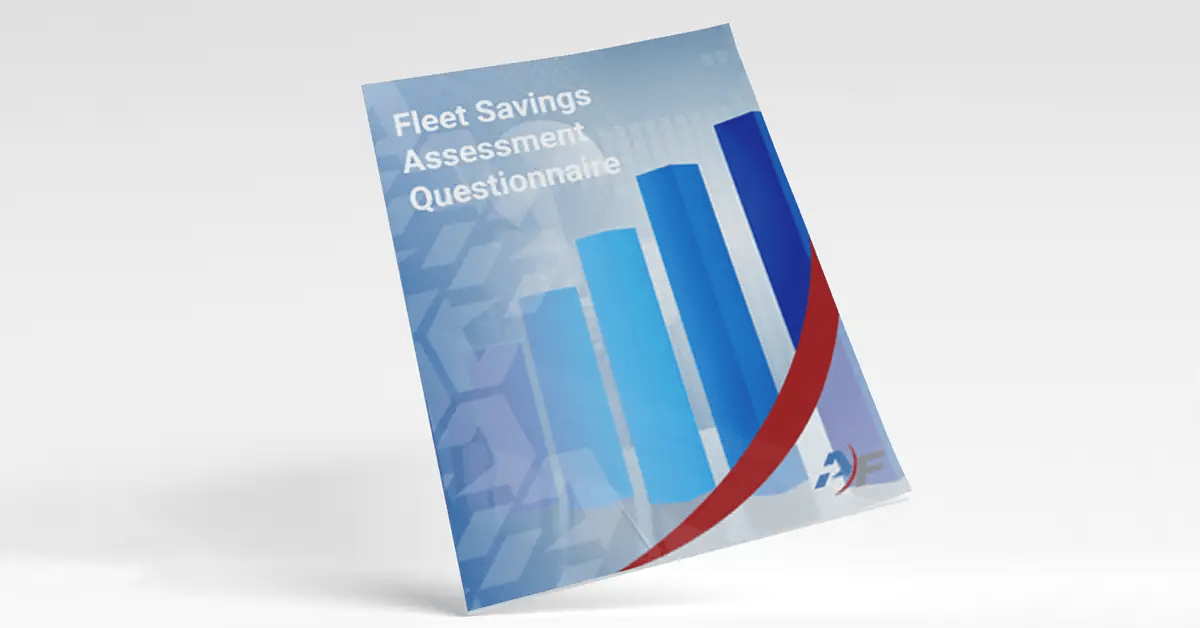Here's what a good vehicle utilization rate is...is it yours?
Here at Agile Fleet we get asked all the time: “What is a good vehicle utilization rate?” It’s an interesting question. But to answer it, we need to phrase the question a little differently. In actuality the question should be: “What’s a good utilization number for each class of vehicle, at each location that I have, that are available to people at the time they are needed?” That may be a mouthful, but it’s really what you should be asking.
But why even measure vehicle utilization? The answer is: because if you do it right, you can save a lot of money. For each and every unneeded vehicle in your fleet that you eliminate, we estimate savings between $3,000 up to as much as $8,000 every year. If a fleet eliminates 10 vehicles, that is between $30K and $80K a year! Savings come from:
- Cost avoidance (vehicles you don’t purchase)
- Cost savings:
• Maintenance
• Depreciation
• Insurance
• Parking
• Car washes
• Tags, registration
• Reduced staff time needed to manage the fleet
So when people ask us what a good utilization rate is, we often start the dialogue by asking: “Well, how are you measuring utilization today?” One fleet manager told us he measured it using Windows. We thought, wow, he must not be a technology guy – Windows is an operating system. But he quickly corrected us – “No, I mean we use windows. We look out the window and see how many vehicles are in the parking lot.”
Clearly that particular fleet manager’s fleet utilization metrics were lacking to say the least. Luckily FleetCommander collects all the data he needs in many different ways.
By just knowing what your total fleet utilization rate is, you don’t have the information you need to properly adjust the size of the fleet. For example, if you know your fleet utilization rate is only at 60%, what type of vehicle should you eliminate? Is it a pickup truck? Is it a mini-van? How about a passenger vehicle? You need specifics about the utilization of each type of vehicle at each location.
Some fleets look at odometer as the measure of utilization. For example: a vehicle went 800 miles in a month. The minimum number of miles according to fleet policy for assigned vehicles is 1,000 miles per month. Therefore, that vehicle is under-utilized. If odometer is all you’ve got to measure utilization, you’re still better off than a lot of fleets. But looking at how often the vehicle is actually used will give you a much better look at how many vehicles you need.
Here’s what we recommend: Whatever number you look at, look at it by each location, then each class of vehicle. If you have the right tools, you can get the data you need to make money-saving decisions. FleetCommander reports provide utilization metrics such as:
- Percentage of vehicles used per day by class of vehicle
- Percentage of days each specific vehicle is used during an interval of time (e.g. weekly, monthly)
- Trips per day per vehicle
- Percentage of miles traveled using alternative fuels
- Percentage of downtime due to maintenance during an interval of time (e.g. weekly, monthly)
- Number of 100% utilization days during an interval of time (e.g. weekly, monthly)
- Amount of POV mileage reimbursement during an interval of time (e.g. weekly, monthly)
- Number of of required outside rentals during an interval of time (e.g. weekly, monthly)
- Number of unfilled vehicle requests
Each one of these reports offers a wealth of information about how well your fleet is utilized, and gives you accurate data to use when making fleet size and composition decisions. When you look at the data, there are some key points to remember:
- If you never turn anyone away, most likely you have too many vehicles. We understand from a customer service standpoint, you don’t like the idea of turning people away. But from a bottom line standpoint, remember: what are those extra vehicles costing you each year? Could you consider supplementing with rentals or personal vehicle use?
- Motor pools generally have cycles in data. A university, for example may have peak demand when school is in session. If they only looked at data for the summer months, they may eliminate vehicles that are actually needed during the school year, and vice versa. Consider looking at data over a whole year to get a clearer picture of true utilization statistics.
- Use historical data to back up your requests for more vehicles. If last month you turned two people away who needed sedans every week, and you can show this trend over a period of months, then you can compare costs of adding a vehicle versus what you’ve paid in POV reimbursements.
Interested in letting our experts look at your data and see what you can save? Contact us today for a complimentary fleet savings assessment.
And, if you are not collecting the fleet statistics you need to accurately evaluate your fleet utilization (or are using the “window” method!), schedule a consultation with our fleet experts today and find out how you can.







